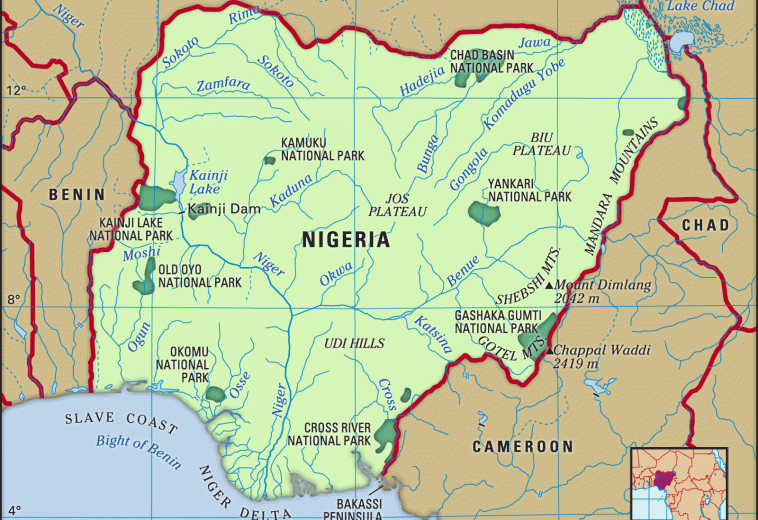There are many challenges that hinder effective trade within the African continent and most of these challenges termed barriers to trade will require strict measures from relevant authorities to ensure that African countries maximize opportunities available to them through intra-African trade. As such, this article will focus on highlighting some of the measures that can be taken by relevant authorities on the African continent to ensure that trade barriers become a thing of the past and intra-African trade blossom
African countries have the lowest trade among themselves compared with other regions and this is due to the many trade barrier
When we talk of trade barriers, we refer to trade restriction methods used by various governments and they come in two forms; non-tariff barriers, NTBs, and tariff barrier
NTBs are barriers that arise from the various economic measures and policies taken by governments such as specific requirements, subsidies, prohibitions, regulations, laws, restrictions and the likes that protect domestic industries from foreign competition while Tariff barriers include taxes, custom duties and the like
According to a 2021 UNCTAD report estimates, addressing NTBs across Africa can bring gains of $20 billion each year to the African Continental Free Trade Area, AfCFTA member state
Eliminating these trade barriers [both NTBs and Tariff barriers} on the African continent is quite important as trade holds the key to faster growth and development hence the following measures should be considered to bridge the trade gap among nations of Afric
a. Trade Facilitati
Trade facilitation has been identified as a critical tool for competitive regional trade strategies in Africa and it attracts a more stable financial capital and promotes economic activity, employment opportunities, competition, education, foreign exchange earnings, technology transfer, income and growth potential
Using trade facilitation in lifting trade barriers will require the inputs of the governments and other relevant stakeholders to take up such actions as amendment of existing legislation and regulation to improve the efficiency of operations at border posts and ports as well as effective implementation of existing legal framework
When trade facilitation is explored, small and medium-scale enterprises benefit immensely across the continent and production becomes enhanced in turn, the cost of moving goods across borders reduces greatly thereby boosting exports and increasing access to the importation of raw material
However, in the exploration of trade facilitation especially in the 21st century, simplification and modernisation of procedures must be considered as the world is going digita
b. Implementing the Single Window Syst
The Single Window is a trade facilitation tool that comes in handy as a platform for an electronic exchange of trade information between participants in the trade proces
It helps to enhance regional collaboration on exchange of trade information and can be a major instrument to support regional integratio
The actualisation of a single window system will help remove trade barriers and also ensure rapid and accurate payment of required duty and other charges to government authorities and agencies, provide up-to-date information on tariff rate and other related procedural requirements, make service providers to be accurate, faster and accountable and in the long run encourage more intra-African trad
Through the single window system, countries can standardise documents to resolve issues regarding bureaucracy, corruption and delays in processing trade document
Knowing the benefits and other developmental gains that could accrue through the system, most African countries in recent times have risen to the occasion of launching and implementing the single window system in their countrie
c. Harnessing Emerging Technolo
Facilitating effective trade and lifting barriers in recent times warrants the use of emerging technologies and Africa cannot be left behin
It was in light of this that the African Union Panel on Emerging Technologies (APET) urged African countries to adopt emerging technologies such as blockchain technologies to address trade barriers that are negatively impacting Africa’s cross-border trading activitie
When such technological innovations are considered, African countries can effectively integrate border agencies to accomplish efficient trade flows by enabling enhanced coordination as well as improved cross-border controls thus making it easy on trader
To achieve this, African governments need to provide adequate digital infrastructure such as low data tariffs, and good internet services which would enable many Africans to leverage digital trade option
This list is non-exhaustive; there are several other measures that can be taken in removing trade barriers which are also as effective as those mentioned abov
The responsibility, therefore, lies on governments across the continent, private sector operators, and others to show more commitment and determination in doing the right things which include the adoption of the needed corrective measures that will ensure connectivity between countries and develop infrastructure that is critical for the economic growth of the continent.



